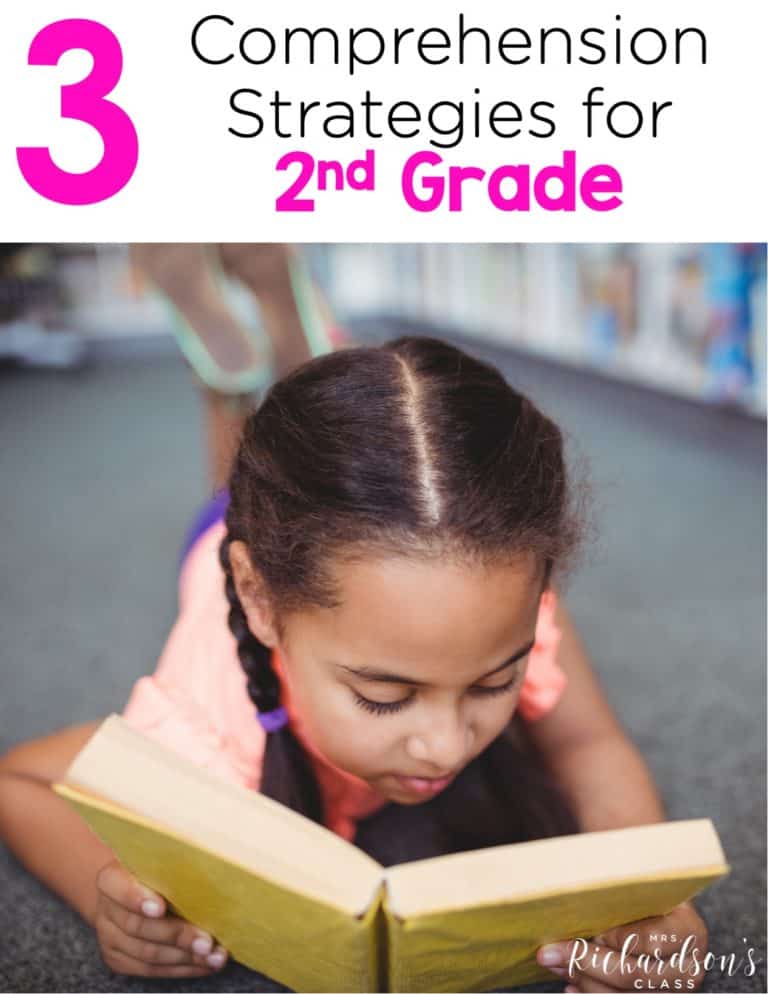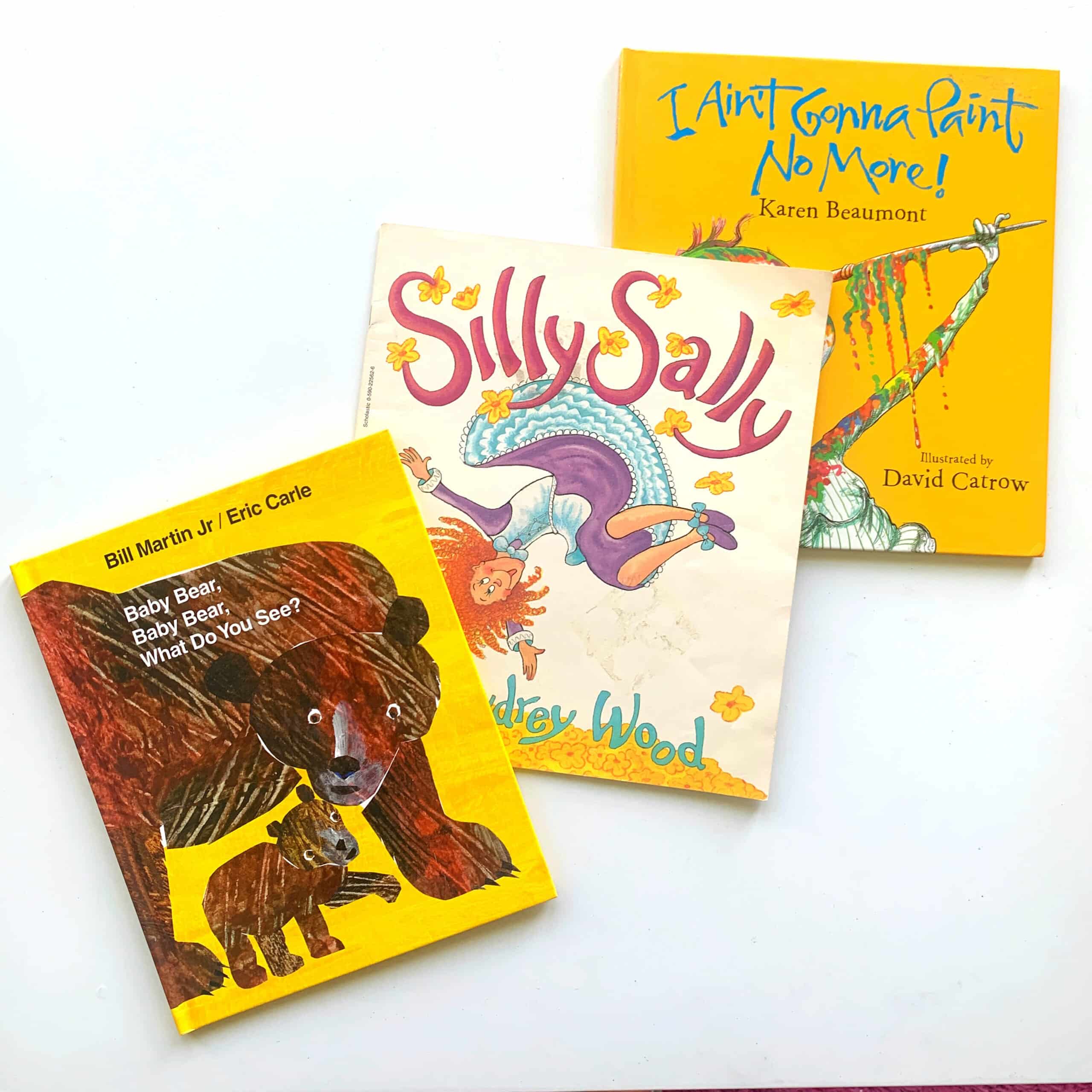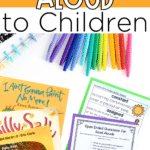

Most of us, as teachers, read aloud to our students. We love it! They love it! It’s a win! The science of reading research has shown us how children learn to read and the best practices for teaching reading. Reading aloud to kids is a powerful tool that aligns well with these evidence-based strategies. Today we are going to explore what this beloved time looks like as we strive to align it to the Science of Reading research.

**Amazon affiliate links are used below at no cost to you. This is a small way to support the blog.
Phonemic Awareness is crucial. This skill is the foundation that we build all other reading skills upon. During interactive read alouds, teachers can highlight phonemic patterns, such as rhymes and alliteration, and engage students in activities that focus on sound manipulation. For example, pausing to ask students to identify rhyming words or segmenting sounds in a word can enhance phonemic awareness.
Some favorite read alouds that lend themselves to this are Silly Sally, Baby Bear, Baby Bear, What Do You See? and Ain’t Gonna Paint No More!

Vocabulary Development is essential. With the goal of reading being comprehension, we cannot get there without vocabulary. Interactive read alouds expose students to new words in context, helping them to understand and retain vocabulary.

Comprehension is the goal in becoming a skilled reader. Understanding the meaning of a text is the ultimate goal of reading. Interactive read alouds allow us, the teachers, to model and practice comprehension strategies.

Get this list of Open Ended Questions for Reading FREE! CLICK HERE.
If you are ready to have read aloud lessons ready to go at your finger tips, then check out the lessons I have available in The Read Aloud Library! Each month you can find lessons delivered straight to you inside the membership!

Aligning interactive read-alouds with the science of reading ensures that your literacy instruction is grounded in research and best practices. You can create a rich and engaging experiences for reading aloud to your students. Reading aloud not only supports the development of essential reading skills but also fosters a love of reading that will last a lifetime.

pin it

Want to use the latest research to boost your readers during small groups? This FREE guide is packed with engaging ideas to help them grow!

I’m a K-1 teacher who is passionate about making lessons your students love and that are easy to implement for teachers. Helping teachers like you navigate their way through their literacy block brings me great joy. I am a lifelong learner who loves staying on top of current literacy learning and practices. Here, you’ll find the tools you need to move your K-2 students forward!


| Cookie | Duration | Description |
|---|---|---|
| cookielawinfo-checkbox-analytics | 11 months | This cookie is set by GDPR Cookie Consent plugin. The cookie is used to store the user consent for the cookies in the category "Analytics". |
| cookielawinfo-checkbox-functional | 11 months | The cookie is set by GDPR cookie consent to record the user consent for the cookies in the category "Functional". |
| cookielawinfo-checkbox-necessary | 11 months | This cookie is set by GDPR Cookie Consent plugin. The cookies is used to store the user consent for the cookies in the category "Necessary". |
| cookielawinfo-checkbox-others | 11 months | This cookie is set by GDPR Cookie Consent plugin. The cookie is used to store the user consent for the cookies in the category "Other. |
| cookielawinfo-checkbox-performance | 11 months | This cookie is set by GDPR Cookie Consent plugin. The cookie is used to store the user consent for the cookies in the category "Performance". |
| viewed_cookie_policy | 11 months | The cookie is set by the GDPR Cookie Consent plugin and is used to store whether or not user has consented to the use of cookies. It does not store any personal data. |


